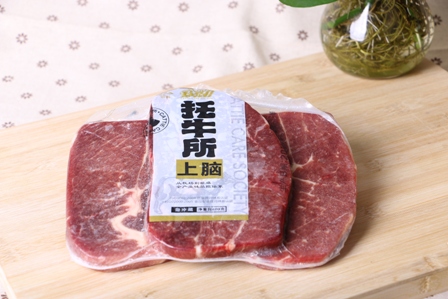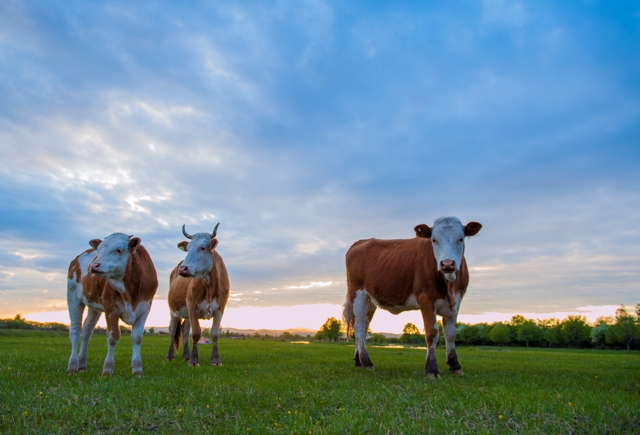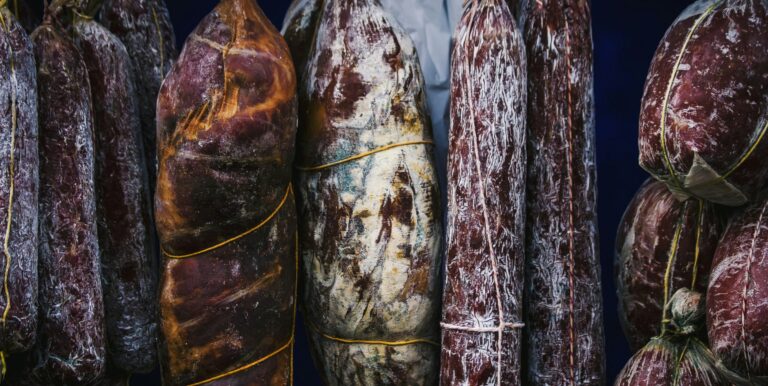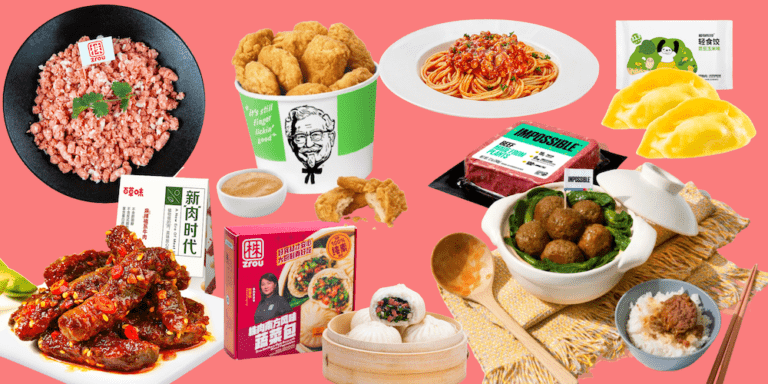China’s market for beef has great potential. Due to the high demand of consumers, retail channels are creating new demands. International actors are also playing their role in order to find the best place to capitalize on new market trends. Chinese companies are also known to integrate into the global market by actively making outbound investments on selected regions. The beef demand in China will continue to have strong growth in the next decade. The estimation will be at approximately 2.2 million tons by 2025, more imports will play a decisive role in bridging the supply gap, the beef market in China will also bring new potential for value-added products.
China’s Beef Market
Consumers trends
The price of the beef in China is becoming higher and it is now more than four times higher than in 2005 while the prices of poultry and pork prices rose 1.8% in the same period. the rapid growth in beef consumption shows a greater tolerance of consumers for the soaring price of beef compared to other meats. Thus, there is little chance that the price of the beef decrease. Indeed, there are three major supply chains where meat products can be purchased by Chinese consumers, with the restaurant industry, the retailers, and the institutional buyers. In every major sector, there are several sub-sectors, and each demand is done for specific products. Strong demand from restaurant chains and retailers on the market offers opportunities for both Chinese and foreign companies in the processing sector. Moreover, Chinese companies play an important role in the global market for beef.
Local production meets 80% of the demand, and the remaining 20% are satisfied by imports. The new trend for beef suppliers from China toward the consumer market is likely to focus on value creation and brand image, by proposing different pricing range from average to premium products.
Those Chinese companies will also try to export their products in order to have a steady supply from their Western counterparts. This trend will allow more beef players to enter China’s market.
Development of the Beef Market in China
Despite the beef market shortages in China, the latest import figures show a significant increase over the years, with an increasing rate of 44% over the past year with an average consumption of 71,500 tons per year.
The market for domestic beef in China remains a very tight market. Despite strong profitability throughout the supply chain, increasing government control and local high prices, cattle production remains unattractive for farmers. This is mainly due to the long production’s cycle and high capital investment required compared to other livestock sectors.
The ban on Brazilian beef has helped to maintain the position of the Australian trade, as the leading beef supplier to China, with this asset, the Australian beef has nearly reached half the market. This situation should still grow, indeed, several Chinese companies have already invested in livestock production in Australia. It also notes the increase at a significant rate of imports from other suppliers as, Uruguay and New Zealand.
Since June 2011, China has gradually open to Canadian beef market, accepting imports of young boneless beef younger than 30 months, making Canada the first country affected by BSE Bovine Spongiform Encephalopathy, to regain beef trade with China.
Local Demand
 The price of beef paid by Chinese consumers has relatively increased in recent years. In January 2011, the retail beef in China was costing an average of 37 RMB / kg. in January 2014, prices rose by 81% to 68 RMB / kg, exceeding for the first time, the US retail price of beef. Despite the fact that prices have doubled in three years, the Chinese consumers are buying more and more beef.
The price of beef paid by Chinese consumers has relatively increased in recent years. In January 2011, the retail beef in China was costing an average of 37 RMB / kg. in January 2014, prices rose by 81% to 68 RMB / kg, exceeding for the first time, the US retail price of beef. Despite the fact that prices have doubled in three years, the Chinese consumers are buying more and more beef.
The growth of the retail price of the beef should also be compared to the selling prices of the chicken and the pork that remain stable. Indeed, the retail price of the beef in China, increased by 81% over the last three years, when the price of the pork just rose by 7% and 6 % for the price of the chicken within the same period of time.
Nowadays, Chinese agriculture is struggling for its natural resources (food, land and water), therefore, meat production in China decreased by 8% from 2008 to 2014.
The Chinese government is currently scrambling to ensure food resources to its 1.3 billion citizens, offering new sets of staple subsidies such as rice, corn, and pork. Beef likely take a back seat in the political field of Chinese cuisine as the government seeks to maintain self-sufficiency in food.
This is also obvious when seeing the willingness of China to allow beef imports. promoting access to beef.
Today, China beef imports originate exclusively from Canada, Argentina and Australia with new entrants markets such as Hong Kong and Vietnam. Indeed, Hong Kong and Vietnam, are potential countries to provide beef for China, with a total of 1.39 million tons of beef production for the 2 countries in 2014.
Because of the growing demand and easier access to the market, China beef imports have soared, up to 314,000 tons only last year. Chinese demand for beef is still growing and growing, indeed, the Chinese middle class has recently been estimated at nearly 300 million and is expected to reach 620 million by 2022. This trend demand for meat will still rise in the coming years.
The challenge of the Chinese government to increase beef production seems excessive, with already existing measures for the local industry, including high input costs, constraints climate, production methods. It is, therefore, likely that China will continue to increase beef imports to meet growing demand in the future.
If you enjoy reading articles about China’s market and would like to know more, contact us!





